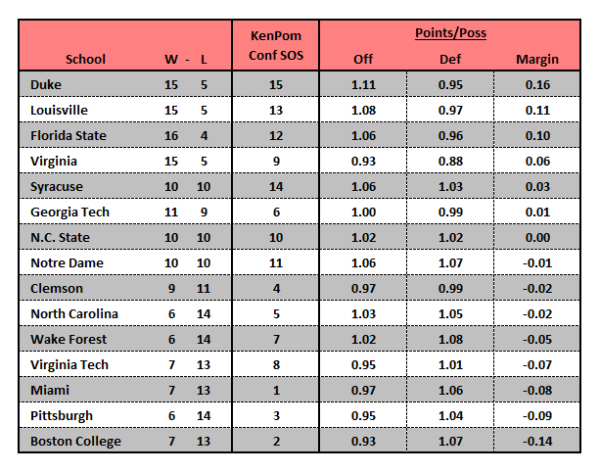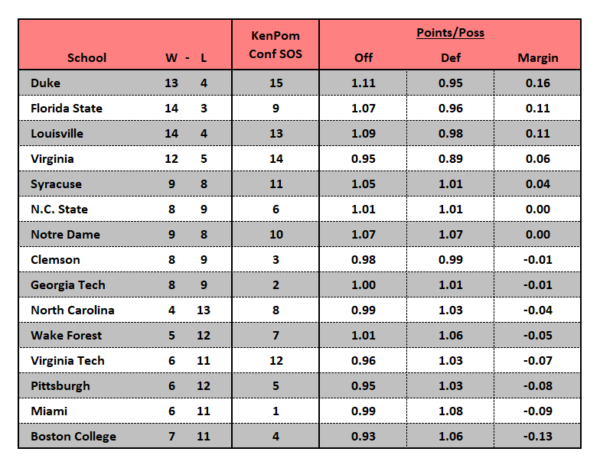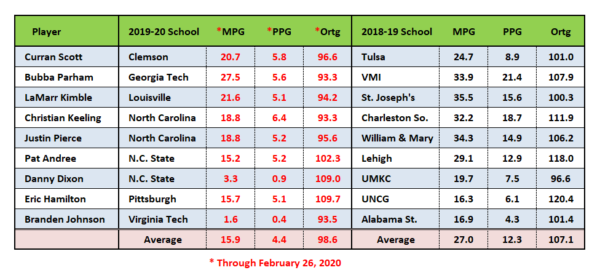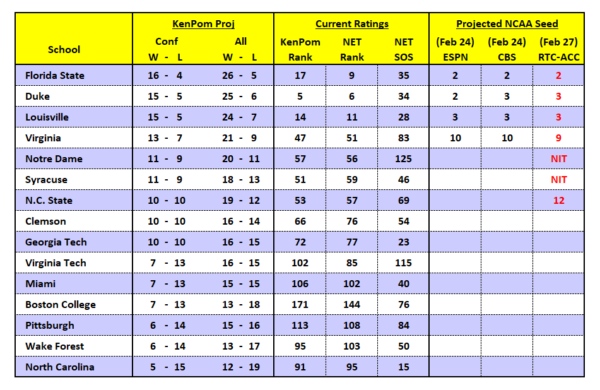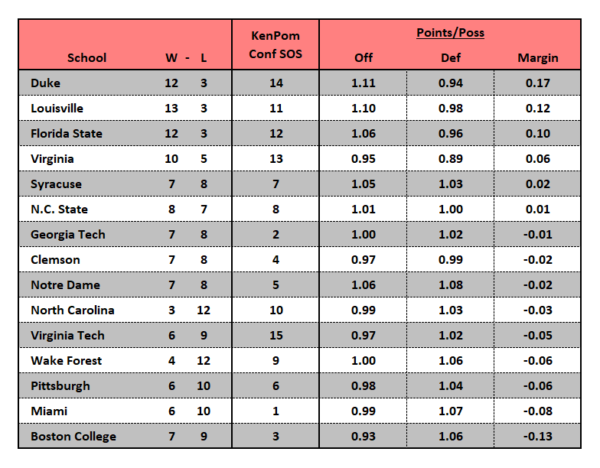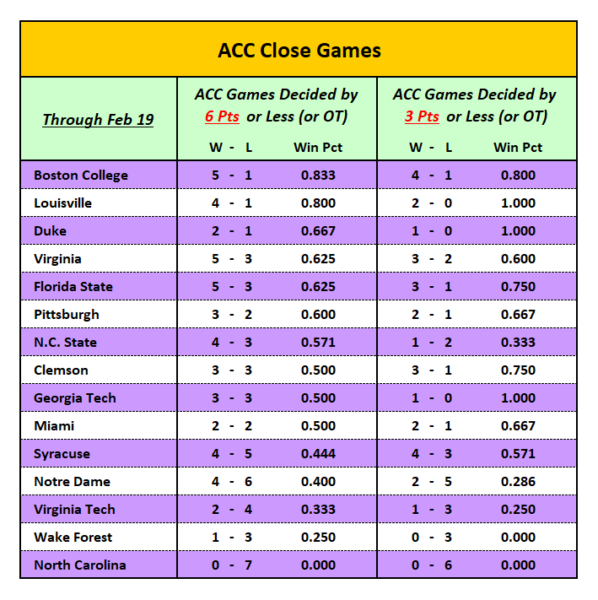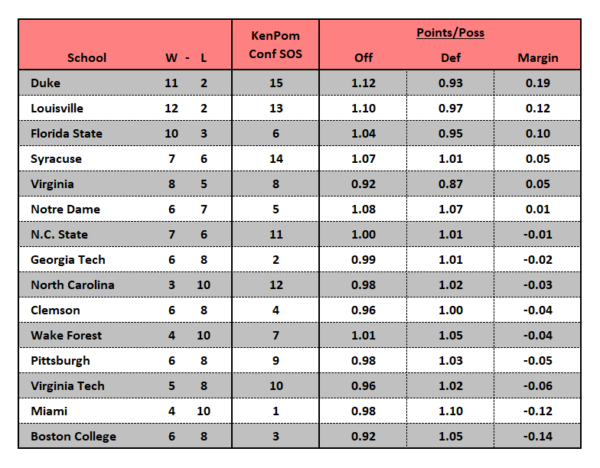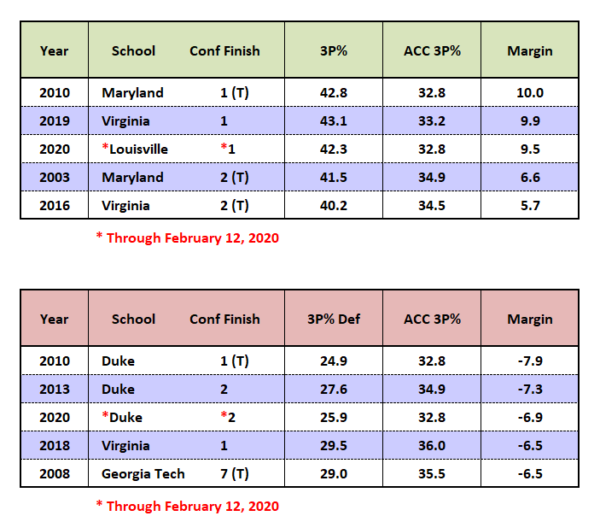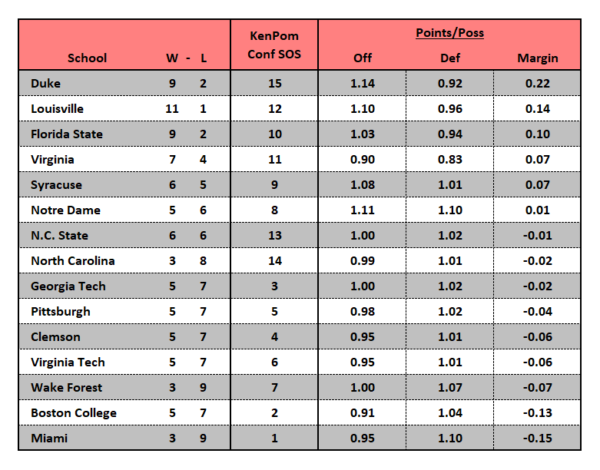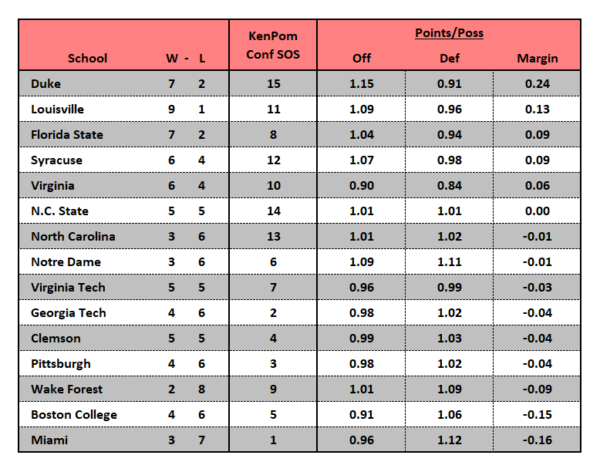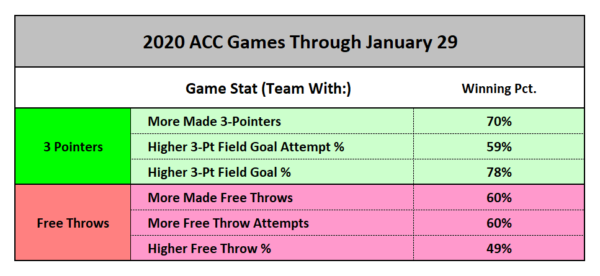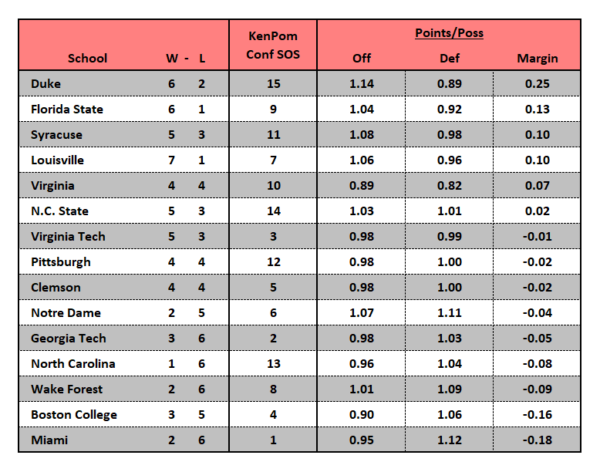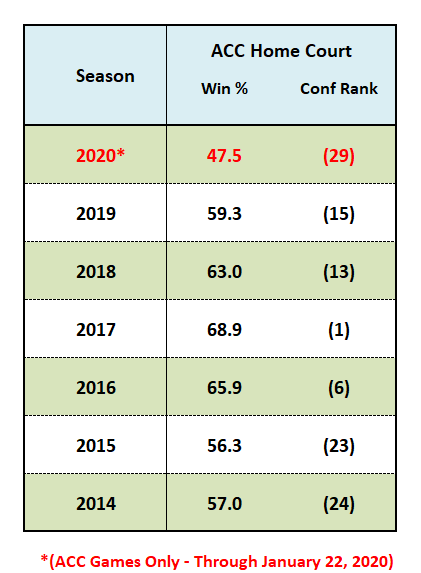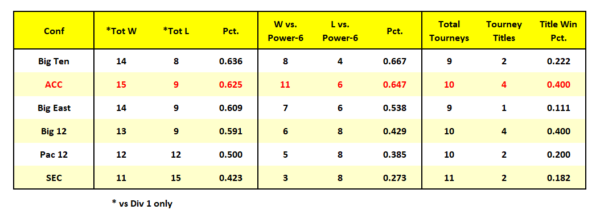2020-21 RTC16: Week 9
Posted by Matthew Eisenberg on January 25th, 2021While the top four remains unchanged this week, the rest of the top 16 was not without shuffle. A loss to Indiana sends Iowa back out of the top five, while Michigan, now headed for a two-week break, moves back into the top five. Alabama extended its winning-streak to nine games and jumps from 13th to 7th, appearing in the top 10 in each ballot cast. Kansas tumbles to a tie for 16th this week, appearing on just 50 percent of the submitted ballots. Kansas gets a home game against TCU mid-week before a test in the Big 12/SEC Challenge against an equally struggling Tennessee team, which dropped from #7 to unranked in the RTC16 this week.
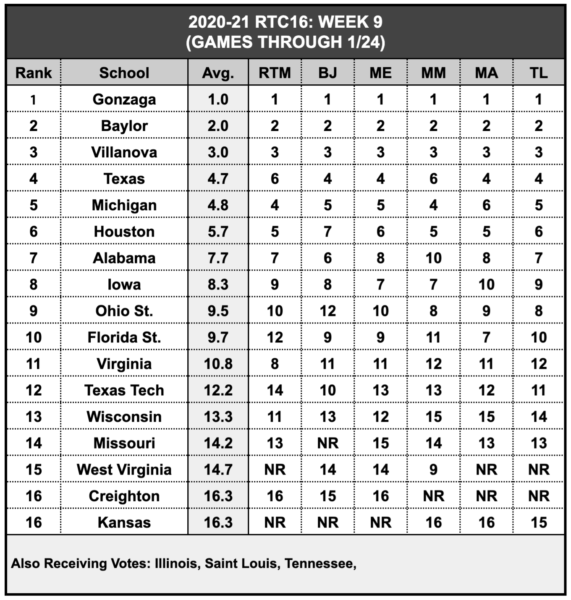
CONFERENCE BREAKDOWN: Big 12 (5), Big Ten (4), ACC (2), Big East (2), SEC (2), AAC (1) WCC (1)
RISING
- Florida State: The Seminoles climb from outside of the top 16 all the way up to #10 this week. Leonard Hamilton’s team not only put together back-to-back double-figure wins, but did so in dominant fashion. Florida State led Louisville by a margin of 40-16 before winning 78-65; and then over the weekend led Clemson by as many as 38 points on its way to a 80-61 victory.
- Loyola Chicago: As of today, the Ramblers have a top 30 NET Ranking and a top 25 KenPom ranking. Senior center Cameron Krutwig is averaging a career-best 15.3 points per game, while shooting 62.7 percent from the field. Porter Moser’s squad is playing tenacious defense, holding MVC opponents to a league-low 83.8 points per 100 possessions.
- Oklahoma: Despite Austin Reaves shooting 3-of-11 from the field, the Sooners grabbed a big win at home over Kansas over the weekend. De’Vion Harmon matched his season-high of 22 points. More impressively OU limited Kansas to just two offensive-rebounds.
FALLING
- Virginia Tech: Virginia Tech falls out of the RTC16 after a lopsided loss at Syracuse over the weekend. The Hokies leading scorer on the season Keve Aluma scored just two points and shot 1-of-10 from the field. Earlier today, the Hokies were dealt a blow when Tyrece Radford was suspended indefinitely from the team as he is dealing with off the court issues.
- Tennessee: The Volunteers were 0-2 this past week with losses to Florida and Missouri. Tennessee turned the ball over 18 times in both games, finishing the week with a turnover margin of -8. Additionally, the Volunteers really struggled at the free-throw line, making just 25 of their 50 free-throw attempts during the week.
- The top of the Pac-12: While the middle and bottom of the Pac-12 had been largely criticized for being lackluster, prior to this past week the top of the conference seemed to be running strong. Then Colorado, Oregon, and UCLA each lost games last week. Oregon hits the road for a Southern California trip which will feature two games against UCLA and another at USC over the next eight days in what will be important action for the conference.
NOTABLE GAMES OF THE WEEK
- Monday: Syracuse @ Virginia, 7 PM EST, ESPN
- Tuesday: Oklahoma @ Texas, 7 PM EST
- Wednesday: Wisconsin @ Maryland, 9 PM EST, Big Ten Network
- Thursday: Oregon @ UCLA, 9 PM EST, ESPN
- Friday: Iowa @ Illinois, 9 PM EST, Fox Sports 1
- Saturday: Big 12/SEC Challenge, All-Day
- Sunday: SMU @ Houston, 1 PM EST





























